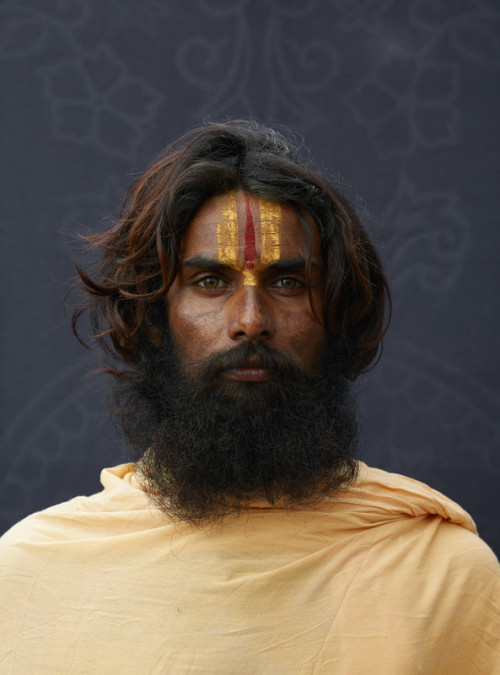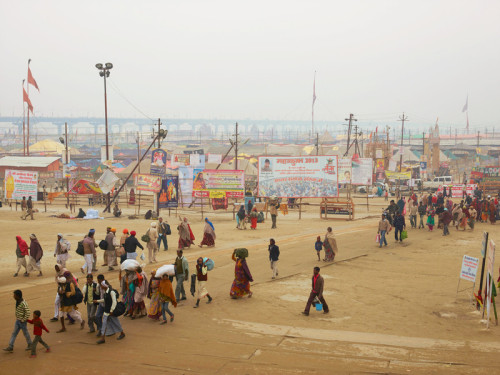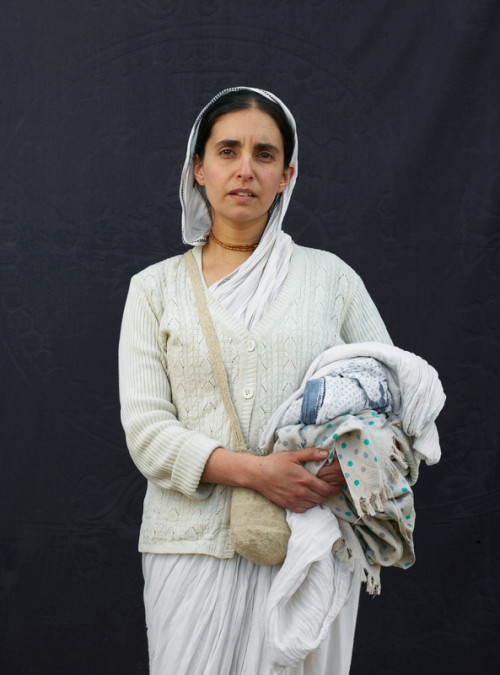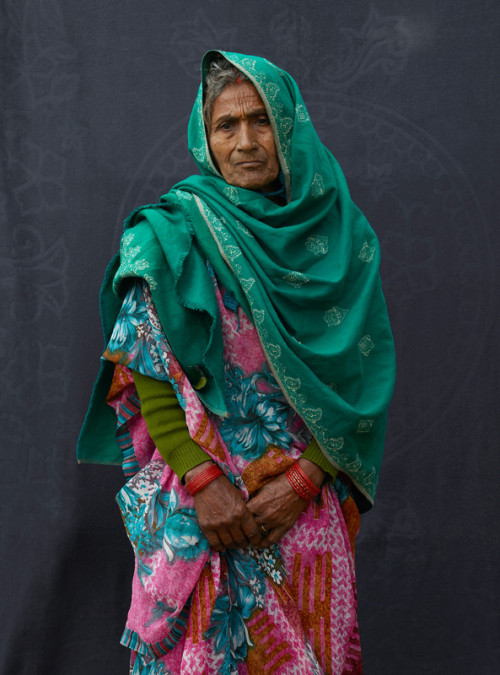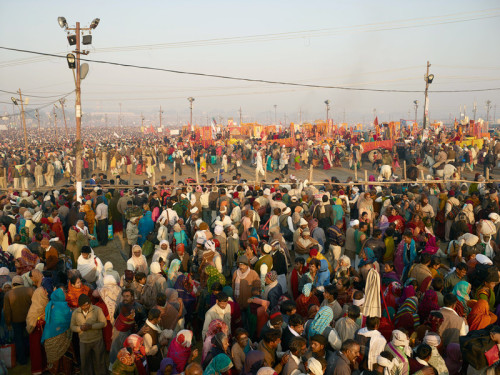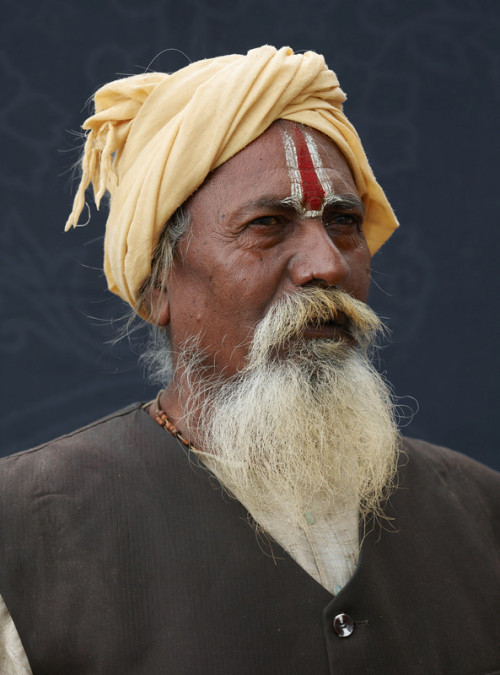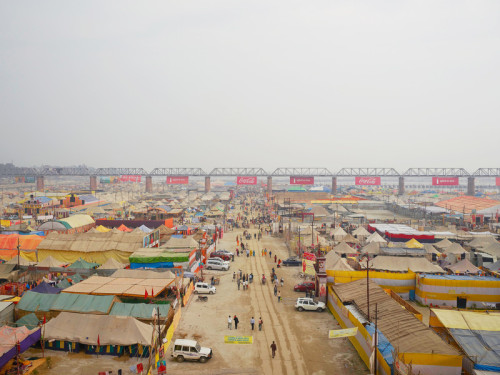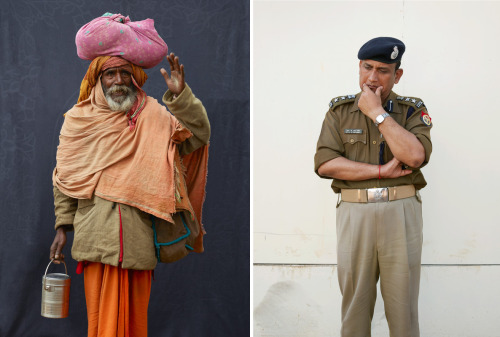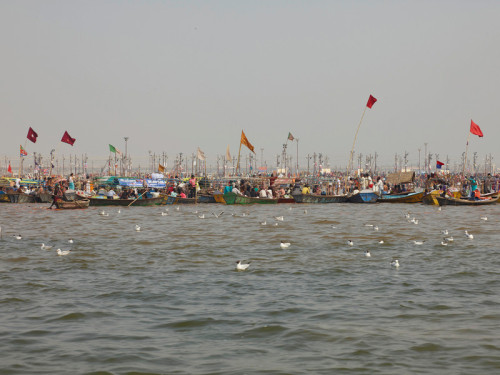Giles Price: 21st Century KumbhThe modern India of the 21st century is a country trying to adju
Giles Price: 21st Century KumbhThe modern India of the 21st century is a country trying to adjust to rapid change. From its expanding population, to its newly assumed place in the global economy, which has created internal wealth inequality as well as its long-held spiritual and religious traditions trying to nd their place in the new India.The clear manifestation of this change can be seen at the Kumbh Mela. This is the 12-yearly, Hindu pilgrimage to the North Eastern city of Allahabad, to bathe in the con uence of the holy Ganges, Jamuna and mythical Saraswati rivers.Lasting for 55 days and attracting approximately 100 million pilgrims, a temporary 58km squared ‘pop-up’ city ‘Kumbh Nagar’, which houses, feeds and cares for these people, who are in search of spiritual and physical nourishment. The tented city, funded by the Indian government with help from commercial interests, is constructed in the two months ahead of the festival, built on the dried riverbed of the Ganges and is then dismantled in time for the river’s return.During the Maha Kumbh Mela in 2013, the festival’s main bathing day welcomed 35 million people, making it the single largest gathering of humans in recorded history and, for a while, the most populous city on Earth.Photographer Giles Price explores this diverse and dynamic city by portraying not only the rural and metropolitan pilgrims, foreign visitors and holy men, who are often presented in the media, but also the lesser known and seldom celebrated: the administrators, doctors, nurses, remen, policemen, army of cers, engineers, postmen, journalists, toilet cleaners, eco- activists and market traders, who enable the Mela, not only to operate, but run with an ef cacy that is awe-inspiring. -- source link
Tumblr Blog : 5centsapound.tumblr.com
#giles price#kumbh#india#hindu#hindu pilgrimage
